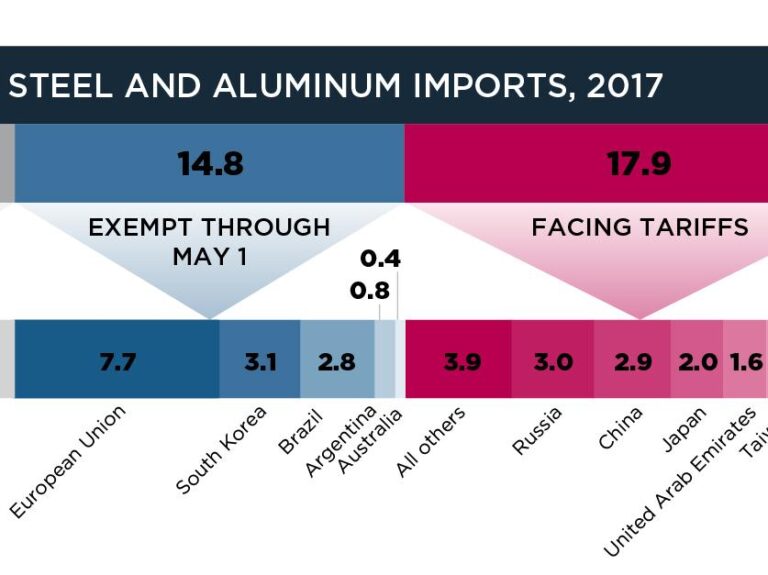In the ever-evolving landscape of global trade, few moves resonate as profoundly as a sudden shift in tariff policy. Recently, former President Donald Trump reignited the debate surrounding American manufacturing with a bold declaration: he intends to impose a 25% tariff on steel and aluminum imports. This statement, echoing his previous administration’s protectionist stance, signals a potential turning point in the ongoing discourse about domestic industry and international trade relations. As policymakers, economists, and industry leaders brace for the implications of this pronouncement, the conversation shifts toward understanding the motivations behind such tariffs, their potential impact on both American and global economies, and the broader question of how such measures align with the United States’ long-term economic strategy. In this article, we will explore the complexities surrounding Trump’s announcement and its prospective effects on the steel and aluminum markets.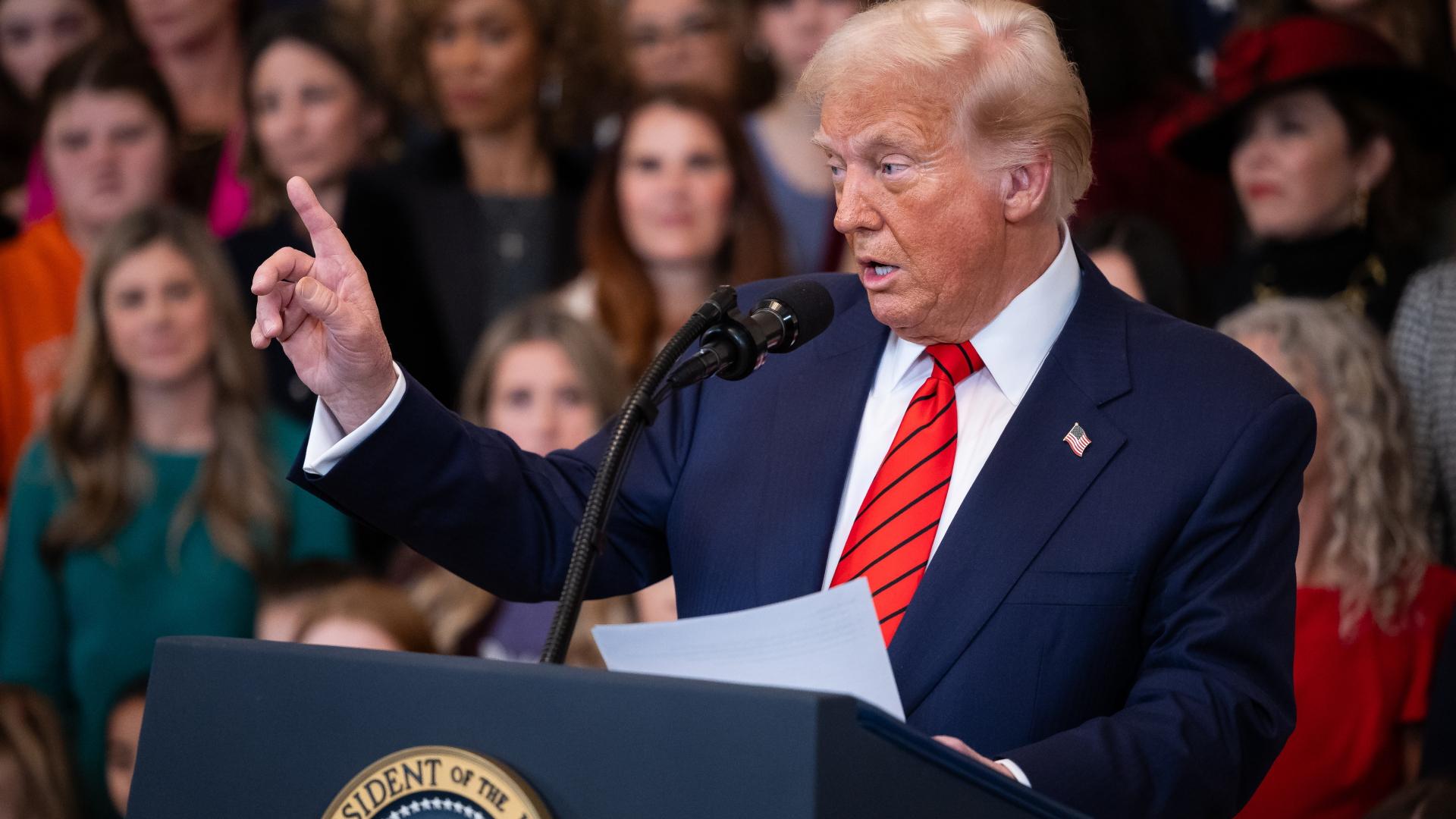
Implications of Trumps Tariff Announcement on Domestic Industries
The announcement of a 25% tariff on steel and aluminium imports could reshape the landscape for many domestic industries. While the intent is to bolster American manufacturing, the implications are more nuanced. Manufacturers reliant on these materials may face increased production costs, potentially leading to higher prices for consumers. This could strain sectors such as automotive, aerospace, and construction, which utilize steel and aluminium extensively. Additionally, businesses might be compelled to seek alternatives or reduce their reliance on these metals, thereby affecting their operational strategies.
Conversely, the tariffs could also stimulate growth in domestic steel and aluminium production. Companies in this sector may see increased demand as they become the primary suppliers for various industries. Furthermore, job creation in mining and manufacturing could be a silver lining, leading to revitalized local economies. However, it’s important to note that other countries may respond with their own tariffs on U.S. goods, prompting a cycle of retaliation that could hurt overall economic growth. The balance of benefits and drawbacks remains to be seen, making it crucial for industries to navigate this evolving market landscape.
| Industry Impacted | Potential Consequences |
|---|---|
| Automotive | Higher production costs; potential increase in vehicle prices |
| Aerospace | Increased materials costs; possible delays in aircraft production |
| Construction | Rising costs of building materials; impact on housing market |
| Manufacturing | Shift toward domestic sourcing; potential job growth |
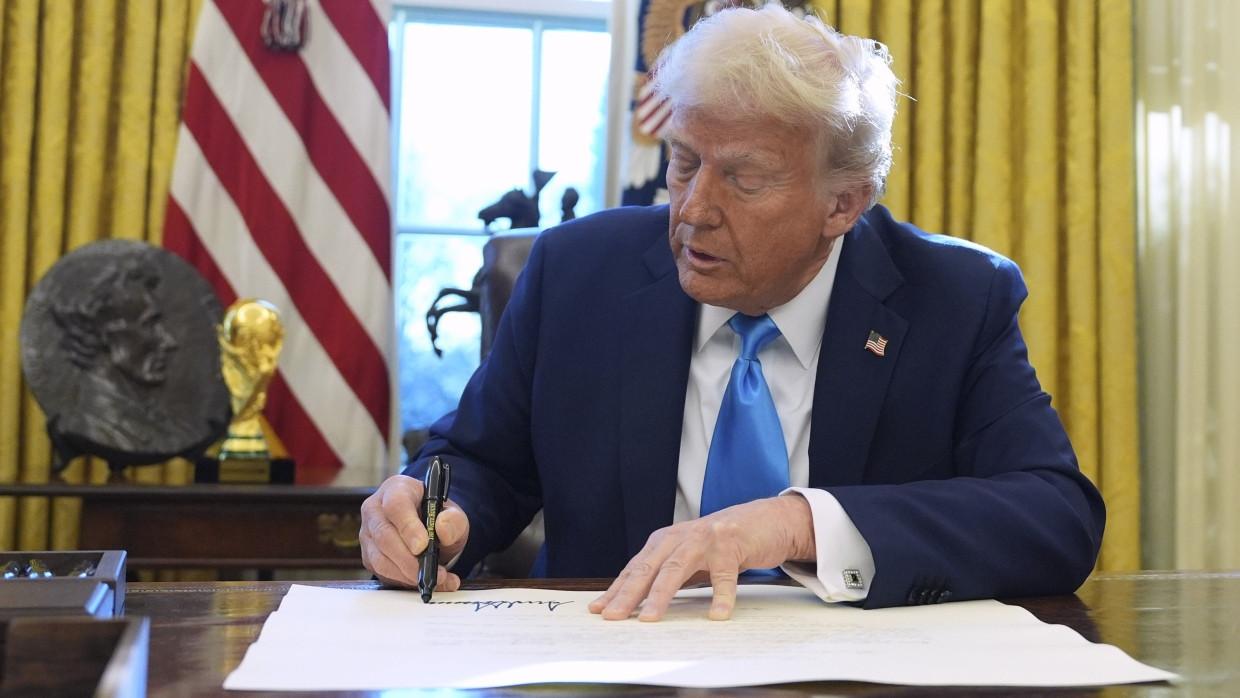
International Reactions: Navigating the Global Trade Landscape
The announcement of a 25% tariff on steel and aluminium imports has reverberated across the globe, prompting a mixed bag of responses from various countries. On one side, some nations view this move as a necessary measure to protect domestic industries and combat unfair trade practices. Supporters in the U.S. argue that these tariffs are essential to revitalizing what they consider an underperforming manufacturing sector. However, this stance is not universally accepted. Numerous countries, particularly those heavily invested in steel and aluminium exports, are voicing their concerns and considering potential retaliatory measures. As trade tensions flare, the balance between protectionism and free trade faces pivotal challenges.
In reaction to the proposed tariffs, several countries have already initiated dialogue to reassess their economic relationships with the United States. Key stakeholder nations have expressed their intent to defend their interests through various channels, including diplomatic negotiations and strategic alliances. Here’s a brief overview of some notable international reactions:
| Country | Response | Action |
|---|---|---|
| Canada | Strongly opposes tariffs | Considering retaliatory tariffs on U.S. goods |
| EU | Legal action at WTO | Preparing countermeasures |
| China | Condemns unilateralism | Exploring options for economic retaliation |
In this intricate web of international reactions, it remains to be seen how trade relations will evolve. The tariffs not only serve as a catalyst for impending trade disputes but also challenge long-held agreements that have shaped the global market for decades. As countries race to shield their economic interests, the repercussions of such policies may usher in a new era of trade dynamics, prompting nations to re-evaluate their positions on globalization and protectionism alike.
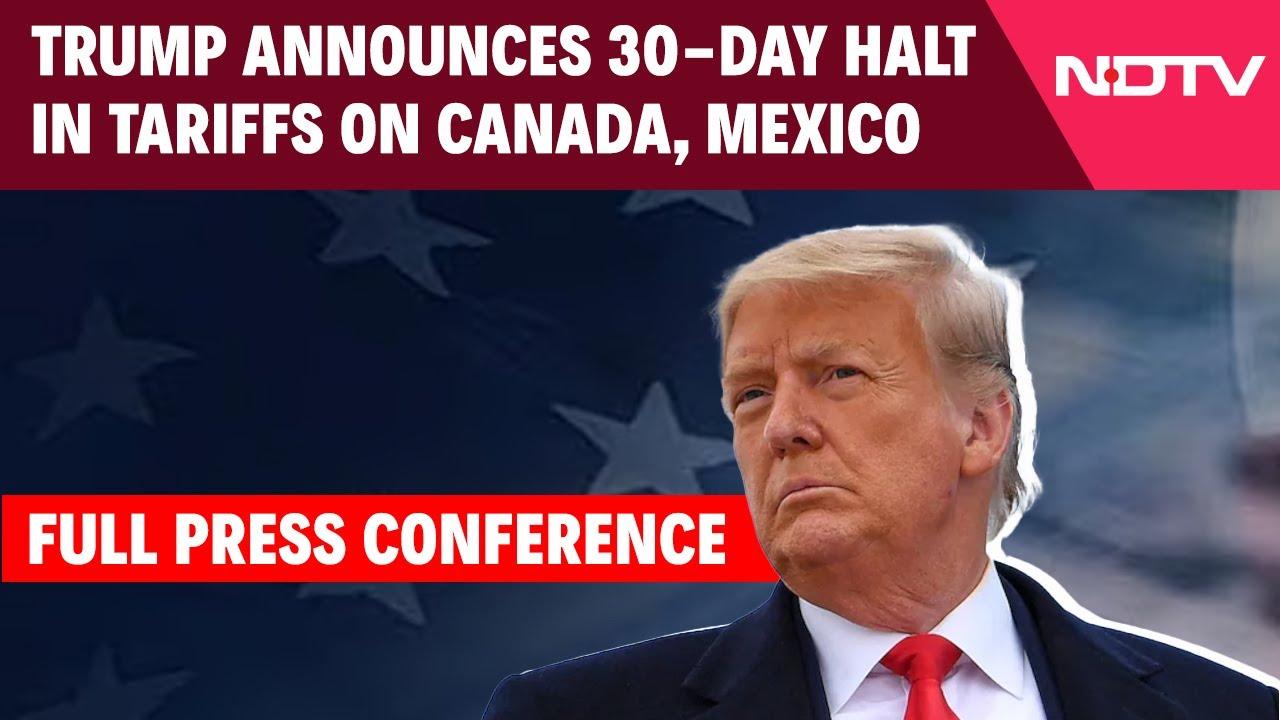
Strategies for Businesses to Adapt to New Import Costs
The announcement of a 25% tariff on steel and aluminium imports catalyzes a pivotal shift in the landscape of global trade, compelling businesses to reassess their operational strategies. To maintain profitability while navigating these new import costs, companies should consider diversifying their supplier base. This approach not only mitigates risks associated with tariff fluctuations but also soothes concerns about over-reliance on specific markets. Establishing partnerships with domestic suppliers can offer additional benefits such as shorter lead times and improved production flexibility. Plus, investing in local suppliers supports the national economy and can enhance corporate social responsibility initiatives.
Furthermore, enhancing operational efficiency through the adoption of advanced technologies could yield significant savings that help offset tariff impacts. Businesses might explore avenues such as automation, smart inventory management, and data analytics to streamline costs. Evaluating production processes to identify areas for energy reduction or waste elimination could also contribute to long-term sustainability and cost-effectiveness. Here’s a glimpse of potential tactics:
| Strategy | Description |
|---|---|
| Diversify Suppliers | Seek multiple sources for materials to decrease dependency on imports. |
| Adopt Technology | Utilize automation and analytics to enhance operational efficiency. |
| Local Sourcing | Engage local suppliers to cut down on import fees and support community economy. |
| Process Optimization | Streamline production processes to minimize waste and reduce costs. |
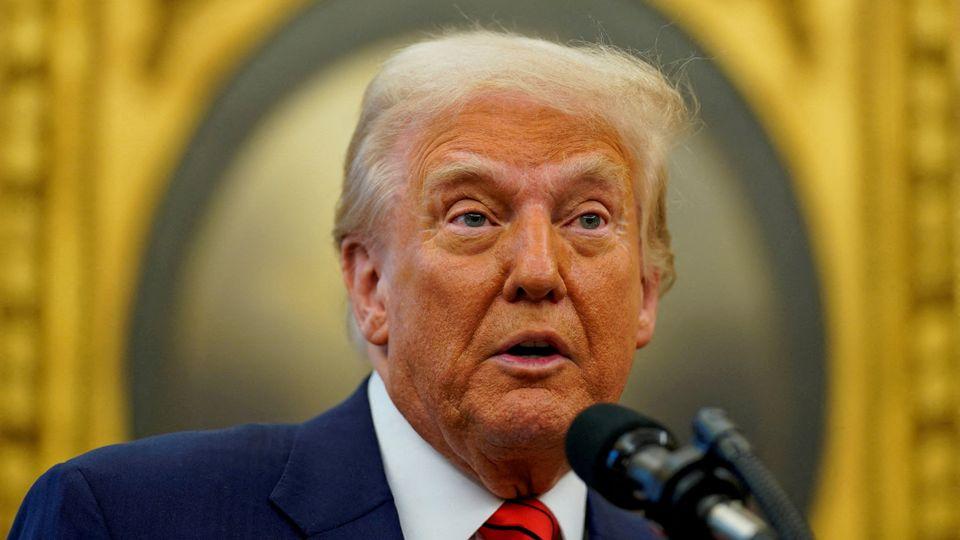
Economic Forecast: Assessing Long-term Effects on Consumers and Markets
The announcement of a 25% tariff on steel and aluminium imports is poised to create ripples across various sectors of the economy. In the short term, consumers may experience an increase in prices for everyday goods, as manufacturers pass on the cost of higher raw material expenses. Industries heavily reliant on these metals, such as construction and automotive, may see a slowdown in projects, as businesses weigh the impact of rising costs. The implications extend beyond basic consumer products:
- Higher Construction Costs: Homebuilders may face increased expenses, leading to slower housing development.
- Automobile Prices Rise: Consumers could see car prices increase, affecting their purchasing decisions.
- Global Market Response: Other countries might retaliate with their own tariffs, further escalating trade tensions.
Over the long haul, these tariffs can reshape market dynamics, encouraging domestic production but potentially stifling innovation and competition. Companies may need to adapt to a new landscape where cost structures are altered, leading to strategic shifts. As industries realign and consumers adjust to new price realities, monitoring the following metrics will be critical:
| Metric | Short-term Impact | Long-term Outlook |
|---|---|---|
| Consumer Prices | ‚ÜĎ Costs | Stabilization or Further Increase |
| Industry Growth | ‚Üď in affected sectors | Potential Recovery or Shift |
| Innovation Rates | ‚ÜĎ in some areas | ‚Üď if competition decreases |
Wrapping Up
President Trump’s announcement regarding the imposition of 25% tariffs on steel and aluminum imports invites a renewed dialogue on American manufacturing, global trade dynamics, and economic strategy. While proponents may herald this as a necessary step to protect domestic industries, critics warn of potential retaliatory measures from trade partners and rising costs for consumers. As the dust settles on this bold declaration, the implications will undoubtedly reverberate through markets and economies, prompting both industries and policymakers to adapt to an ever-evolving landscape. The coming months will reveal whether this strategy fortifies American competitiveness or complicates international relations, marking yet another chapter in the intricate story of trade in the 21st century.

